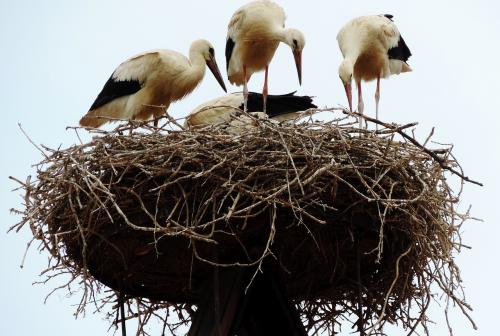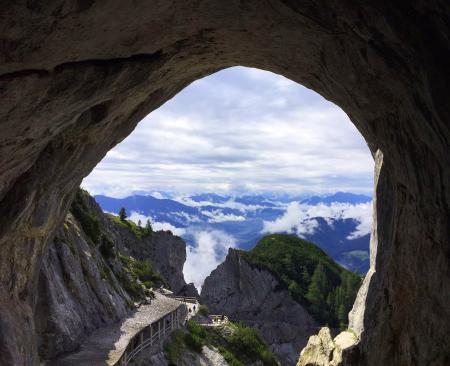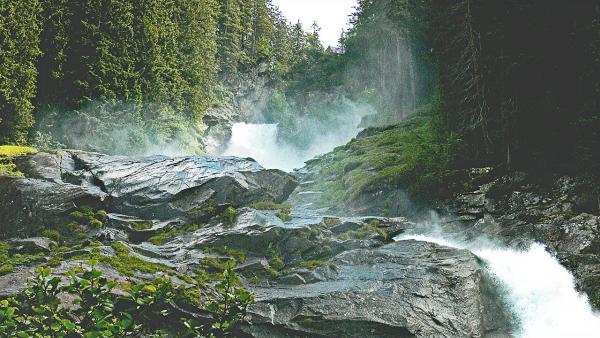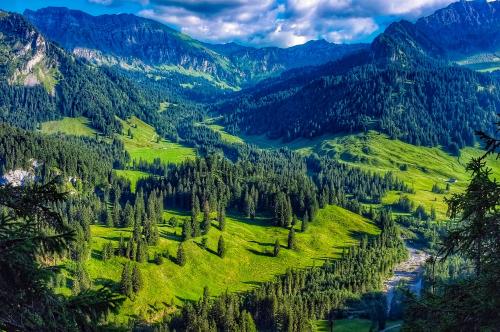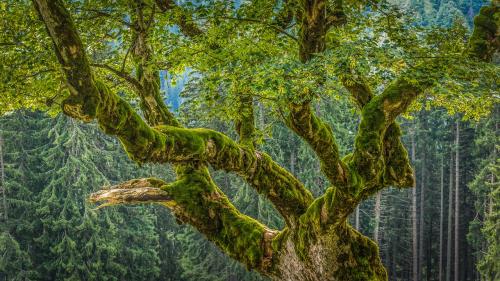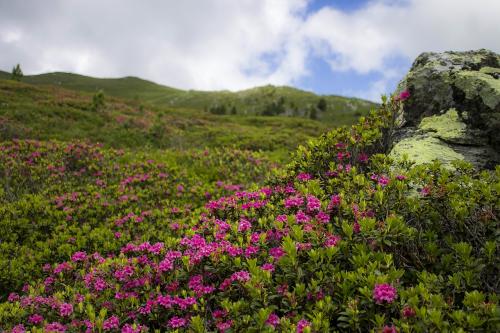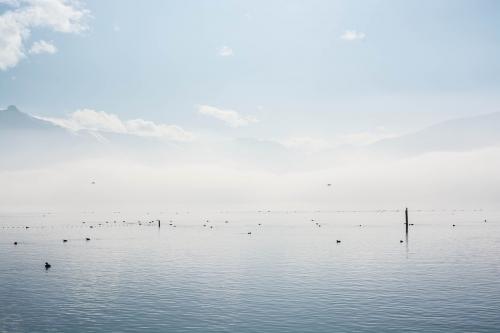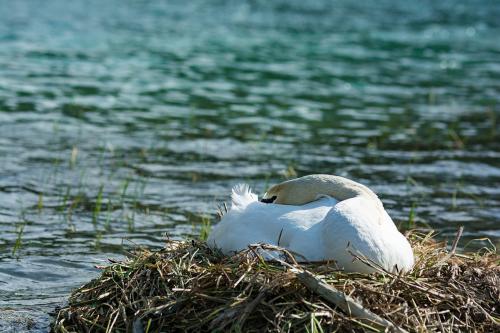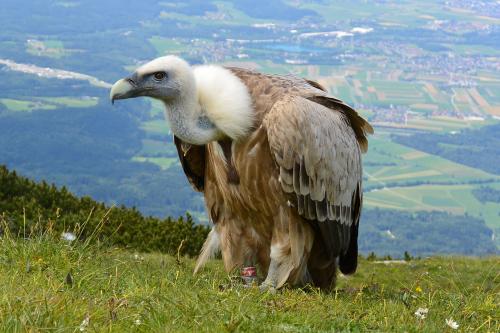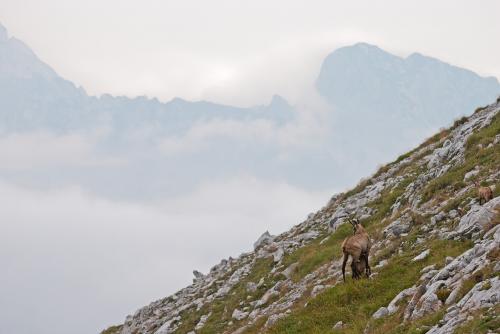Nature of Austria
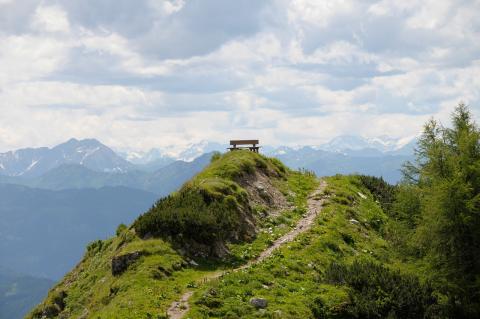
Austria is located in Central Europe and around 70% of its territory is mountainous. Eastern Alps are divided in several regions within the country. Average elevation is 900 m (2952 ft.) above sea level. Highest point – Grossglockner Mountain with 3798 m (12460 ft.) and the lowest one is Lake Neusiedl elevated on 115 m (377 ft.) a. s. l. There are around 580 lakes in Austria.
The country has temperate continental climate with warm sunny summers and daytime averages of 20 °C (68 °F). Winters in Austrian plains are mild with average lows of -2 °C (28 °F) while mountainous regions it cools down to -14 °C (7 °F). Precipitation as well as temperature ranges and humidity vary depending on altitude. Annual amount of rainfall in plain territories is 500 mm (19.6”) while in mountains it reaches 3000 mm (118”).
Places in Austria
There are plenty of jewels of architecture and cultural sights in Austria and their creators must have been inspired by magnificent nature of the country. Monumental mountains and vivid forests, lakes and plains are lying there in all their glory under careful protection.
Vienna Woods
1250 km2 (482 sq. mi.) of forest on one of the branches of the Alps in neighborhood of Vienna form the Vienna woods. Beeches and oaks of the forest are making air in the area clean and fresh and provide indescribable views. Mozart, Schubert and Beethoven were inspired by those views.
Neusiedlersee-Seewinkel national Park
The park is located close to Lake Neusiedl. It is 350 km2 (135 sq. mi.) of reedy lands, meadows and steppes. The area becomes more interesting in when migratory birds are arriving. Their amount grows several times. The park is located on border with Hungary and is connected to Fertő-Hanság National Park.
Eisriesenwelt, the Cave of Ice Giants
In 40 km (24.8 mi.) south of Salzburg inside the Hochkogel mountain there is the cave covered with ice. It is elevated by 1641 m (5383 ft.) and extends for about 42 km (26 mi.). The river carved limestone mountain for ages and created tangled net of passages. Thawing alpine snows and water formed thick ice cover on walls of the cave.
Krimml waterfalls
In north western part of the High Tauern National Park in Salzburg there is magnificent range of Krimml waterfalls. They are on the Krimmler Ache River. Its origin is in the glacier of same name elevated over 3000 m (9842 ft.). Steps of the waterfall are 380 m (1246 ft.) tall and in winter the waterfall froze into unique piece of natural architecture.
Flora of Austria
Due to variety of altitude and topography Austria have significant amount of vegetation. In fact it is one of the greenest countries of Europe. Up to 44% of territory of the country is covered by woods.
Deciduous (oak and beech) and mixed (fir and beech) forests are typical for areas with lower altitude. Higher lands are covered with coniferous woods of spruces, larches and pines.
Grassy plants of alpine meadows are diverse. There are orchids, edelweiss, gentian, alpine pink, arnica, rhododendron (alpine rose), heather and many other species.
Highest regions are not suitable for vegetation. Snow, ice and rocks of peaks of Alps are inhabited only by some simplest mosses and lichens.
Fauna of Austria
Eastern parts of Austria are swarming with birds. Only in Neusiedlersee Park around 320 species are nesting over a year. Among migratory and non-migratory birds there are European bee-eaters, great bustards and significant population of graylag geese.
Rivers and lakes are populated by grey herons and river kingfishers.
Among birds of prey there are falcons and white-tailed eagles. Most widespread reptiles are European green lizard and grass snake.
Mammals in Austria are represented by wild boars, European badgers, chamois, ibex, roe and red deer and foxes. In addition there is small population of brown bears migrated from Slovenia. Alpine meadows are populated by alpine marmots.
 Seasons of the Year
Seasons of the Year 
